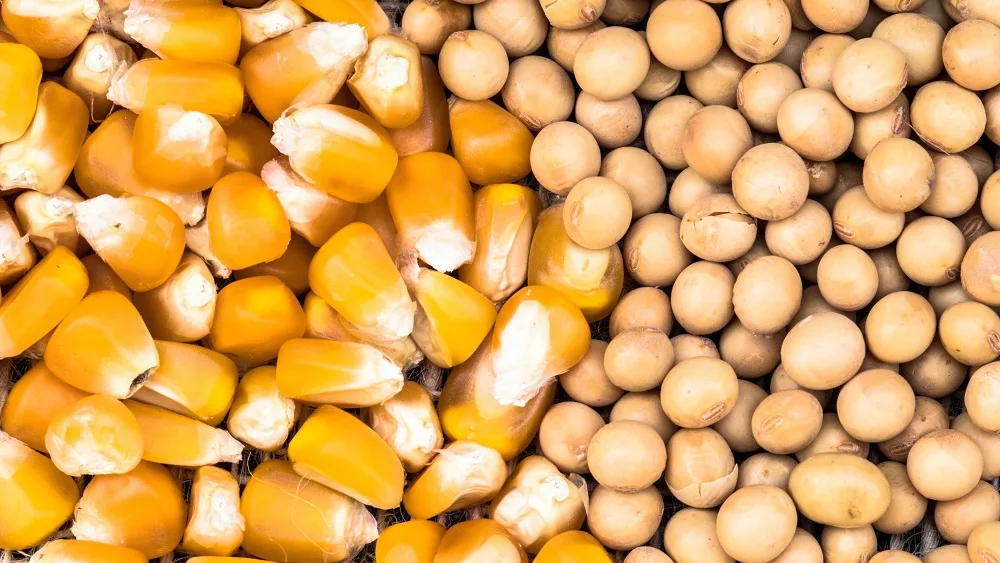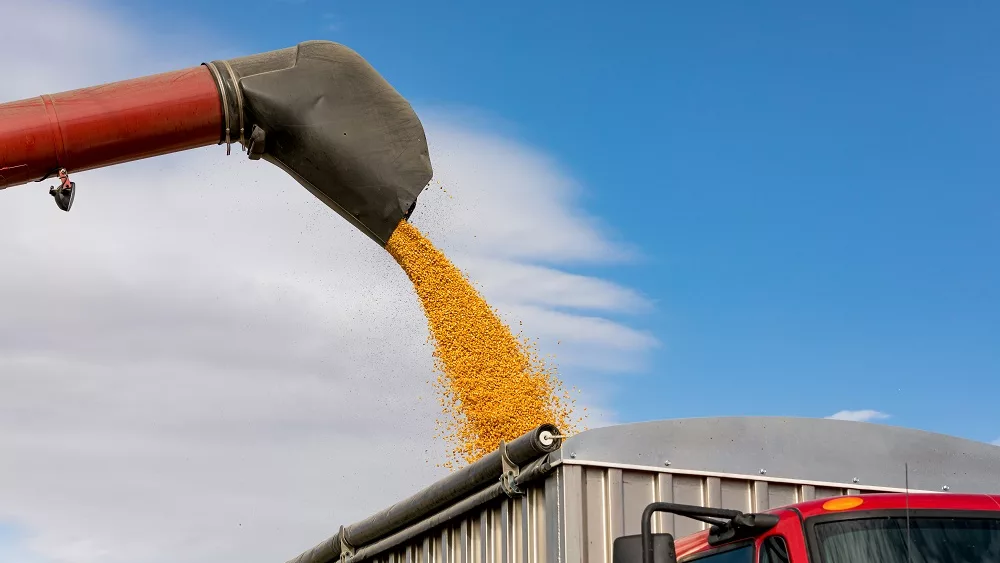 The overall quality of the United States’ 2015 corn and sorghum crops was good, with 94 percent of corn samples and 92 percent of sorghum samples rated at quality grade No. 2 or better in the U.S. Grains Council’s (USGC’s) newly-released 2015/2016 Corn Harvest Quality Report and 2015/2016 Sorghum Early Harvest Quality Report.
The overall quality of the United States’ 2015 corn and sorghum crops was good, with 94 percent of corn samples and 92 percent of sorghum samples rated at quality grade No. 2 or better in the U.S. Grains Council’s (USGC’s) newly-released 2015/2016 Corn Harvest Quality Report and 2015/2016 Sorghum Early Harvest Quality Report.
“This is the fifth year of releasing our corn quality reports and the inaugural year for the sorghum reports,” said USGC Chairman Alan Tiemann. “Our objective in compiling and publishing this unique information is to arm our customers with the data they need to make good purchasing decisions – and take advantage of the excellent U.S. crops now available to them.”
According to the corn quality report, the 2015 U.S. crop is entering marketing channels with the following key characteristics:
- Average test weight within the range for No. 1 grade corn, indicating good kernel filling and maturation.
- Low levels of broken corn and foreign material, with 98 percent within the range for No. 2 grade corn, indicating little cleaning will be required.
- Low levels of total damage, with 96.1 percent within the range for U.S. No. 2 grade.
- No observed heat damage.
- Average elevator moisture of 15.7 percent, which will decrease the potential for stress cracking.
- 100 percent of the corn samples tested below the U.S. Food and Drug Administration (FDA) action level for mycotoxins.
According to the sorghum report, the 2015 U.S. crop is entering marketing channels with the following key characteristics:
- Average foreign material of 0.5 percent, which is within the range for U.S. No 1 grade, indicating little cleaning will be required.
- An overall low level of broken kernels and foreign materials, with 92 percent in the range for U.S No. 1 grade.
- An overall low level of total damage, with 96 percent within the range for U.S. No. 1 grade.
- Average elevator moisture of 14.5 percent, which is near optimum for harvest moisture.
Both reports are already being rolled out to international customers in conferences, seminars and one-on-one consultation meetings held by USGC staff members around the world.
“Our customers look forward to this information on an annual basis, and we are pleased to be able to offer it to them in a way that benefits their businesses,” Tiemann said. “We’ve had a lot of success with building relationships with overseas buyers and end-users by presenting the findings of the corn quality reports, and we expect similar success following the release of the sorghum-focused report.”
The corn report is based on 620 yellow commodity corn samples taken from defined areas within 12 of the top corn-producing and exporting states, including Indiana, Illinois, Iowa, Kansas, Kentucky, Minnesota, Missouri, Nebraska, North Dakota, Ohio, South Dakota and Wisconsin. Inbound samples were collected from local grain elevators to observe quality at the point of origin and to provide representative information about the variability of quality characteristics across geographic regions.
The corn samples were tested at the Illinois Crop Improvement Association’s Identity Preserved Grain Laboratory in Champaign, Illinois, in accordance with the U.S. Department of Agriculture’s (USDA) Federal Grain Inspection Service’s (FGIS) Grain Inspection Handbook. This follows the methodology that was developed for USGC’s 2011/2012 Corn Harvest Quality Report and that has been used in each subsequent year’s follow-up study.
The sorghum report is based on 50 commodity grain sorghum samples taken from inbound elevators in defined areas within five of the top sorghum-producing and exporting states, including Arkansas, Louisiana, Mississippi, Tennessee and Texas. They were tested at the Department of Soil and Crop Sciences at Texas A&M University in College Station, Texas, in accordance with the FGIS Grain Inspection Handbook.
Though both harvest quality reports provide valuable information to customers, sorghum and corn quality will be affected by further handling. In January 2016, the Council will publish two additional reports to assess the quality of these crops as they are assembled for export.
As a package, the four reports are intended to provide reliable, timely and transparent information on the quality of U.S. corn and sorghum as it moves through export channels. They also use consistent methodology to permit the assessment of trends over time.
“With five years of results, patterns are surfacing about the impact of weather and growing conditions on the quality of the U.S. corn crop as it comes out of the field, which helps our customers know what to expect when they buy from the United States,” Tiemann said. “We are hopeful our sorghum customers will find this information equally as valuable, and that both sets of reports help bolster our customers’ confidence in the U.S. as a reliable supplier.”




